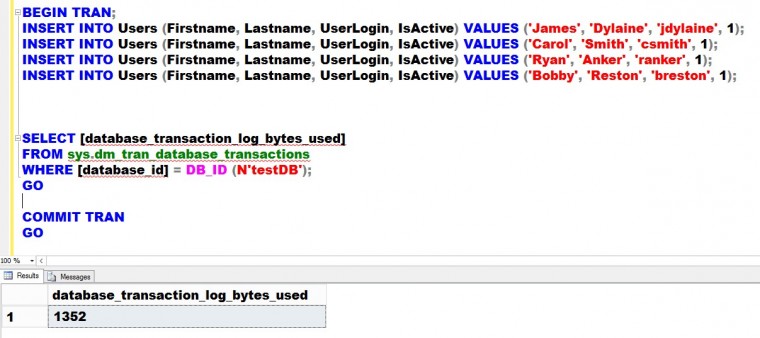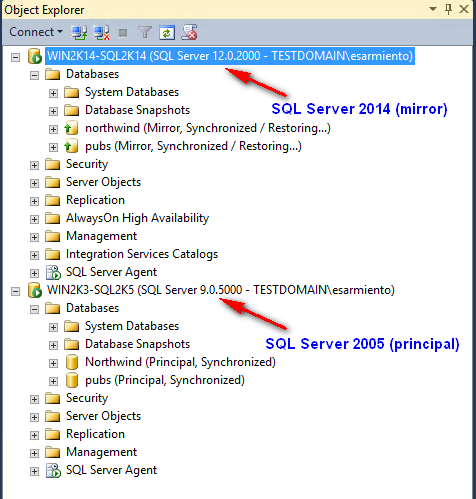I previously wrote about Data Types and How They Affect Database Performance which was a way to get database developers to think about the small things that affect overall performance. As a high availability and disaster recovery (HA/DR) professional myself, I like to think of how data types affect database availability and recoverability. The fact […]
PostData Types and How They Affect HA/DR



